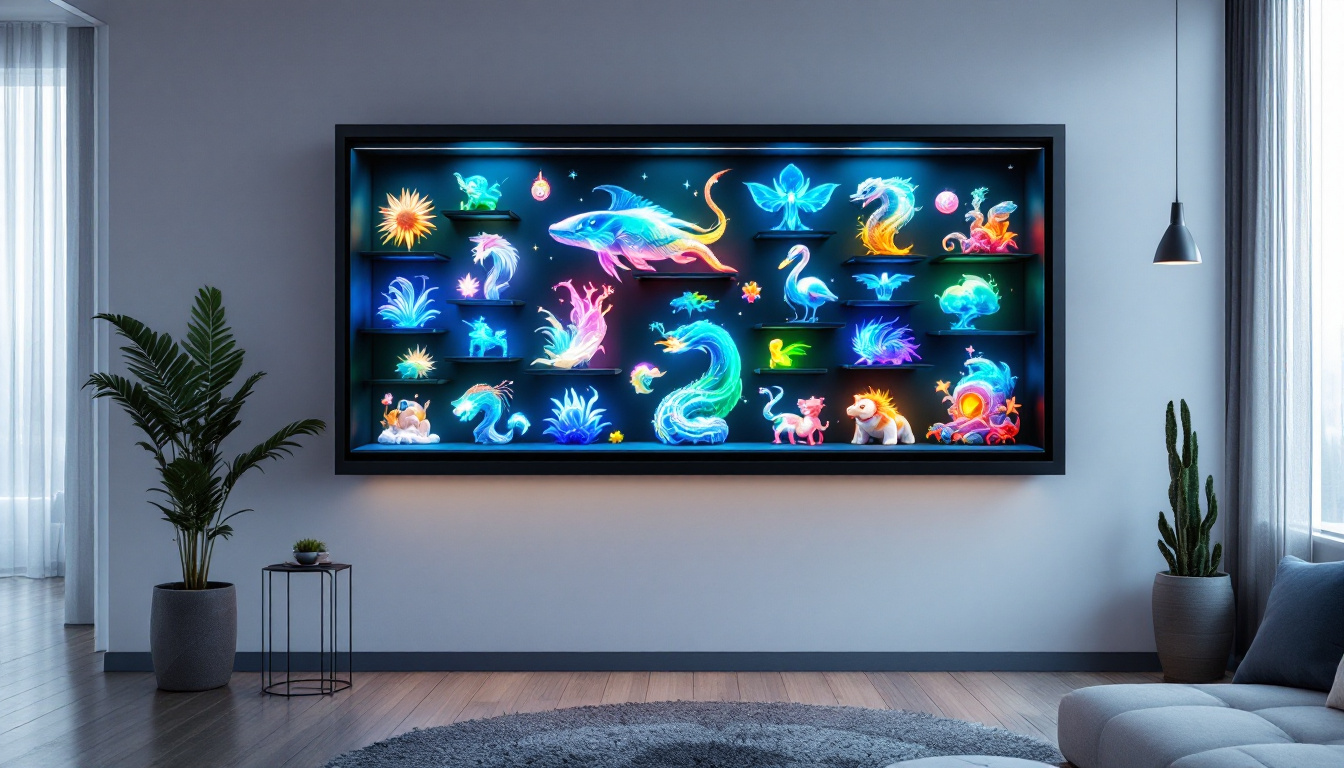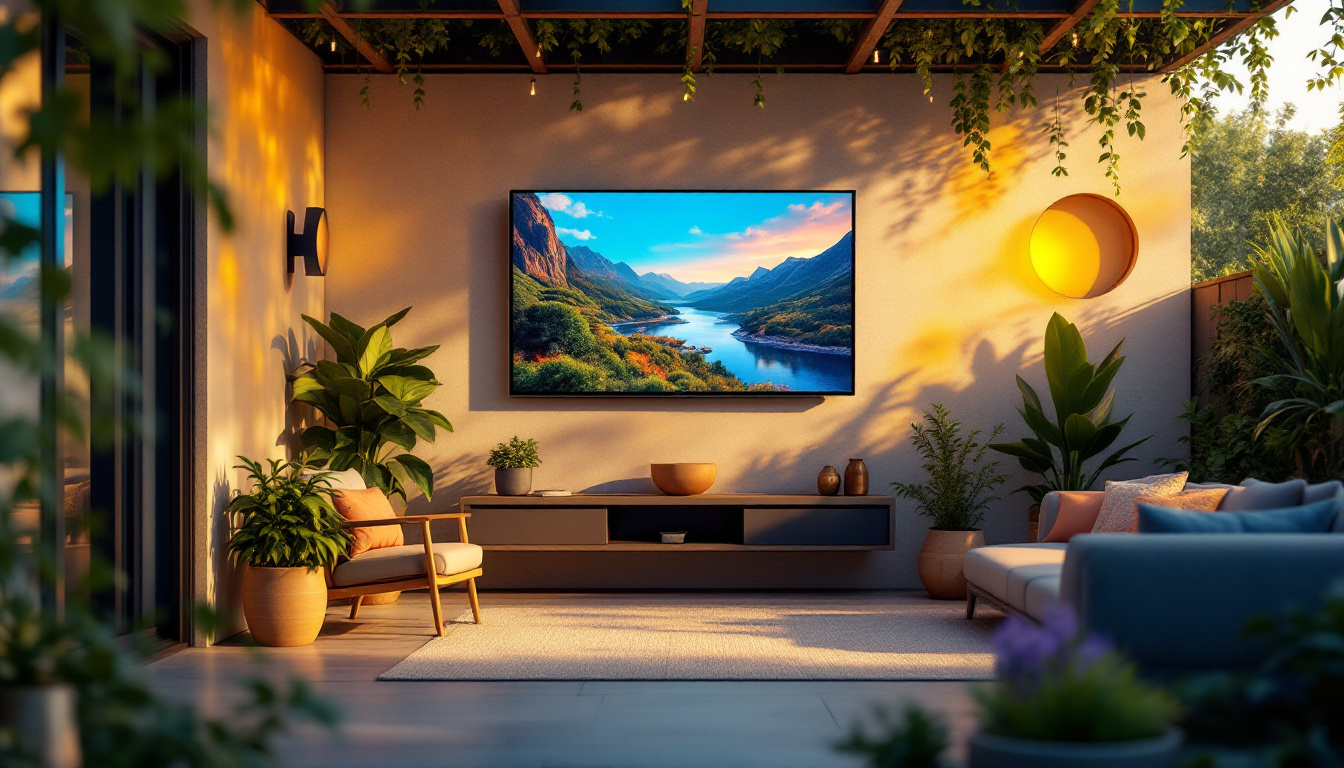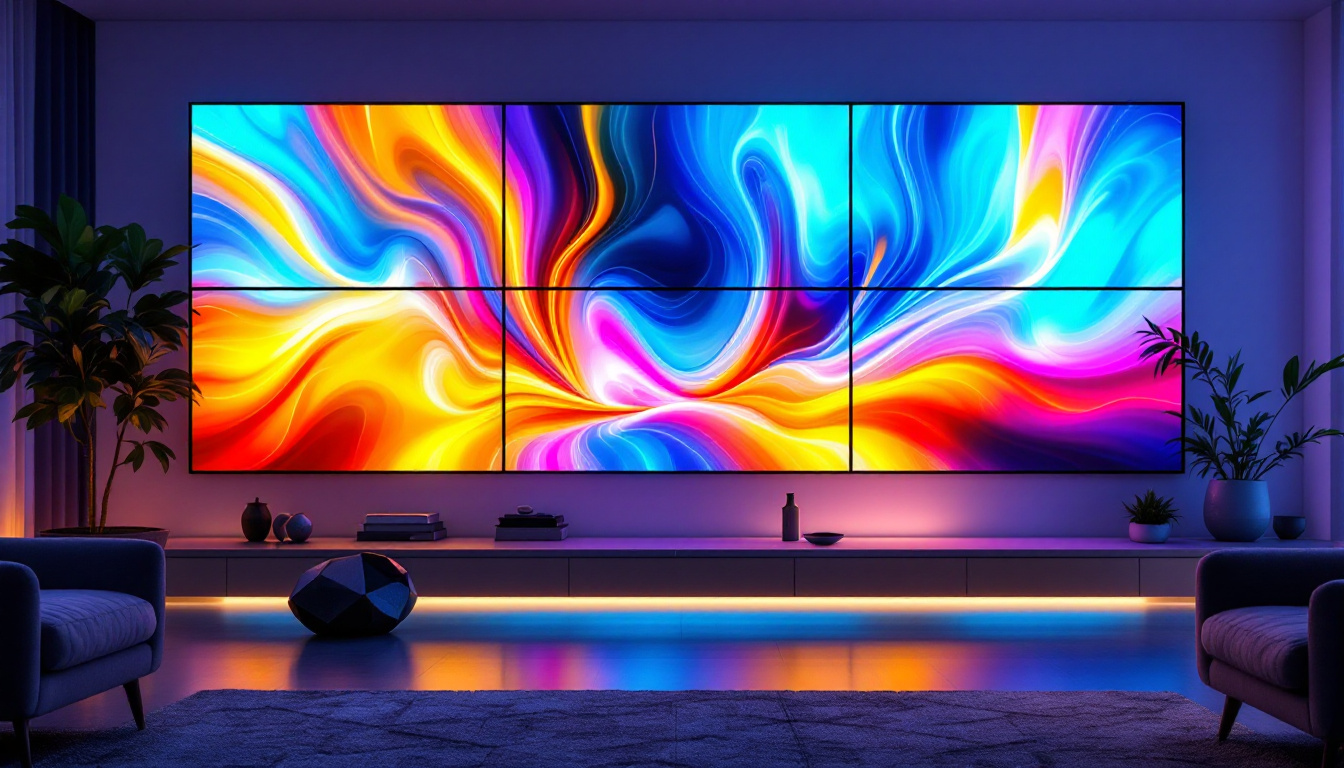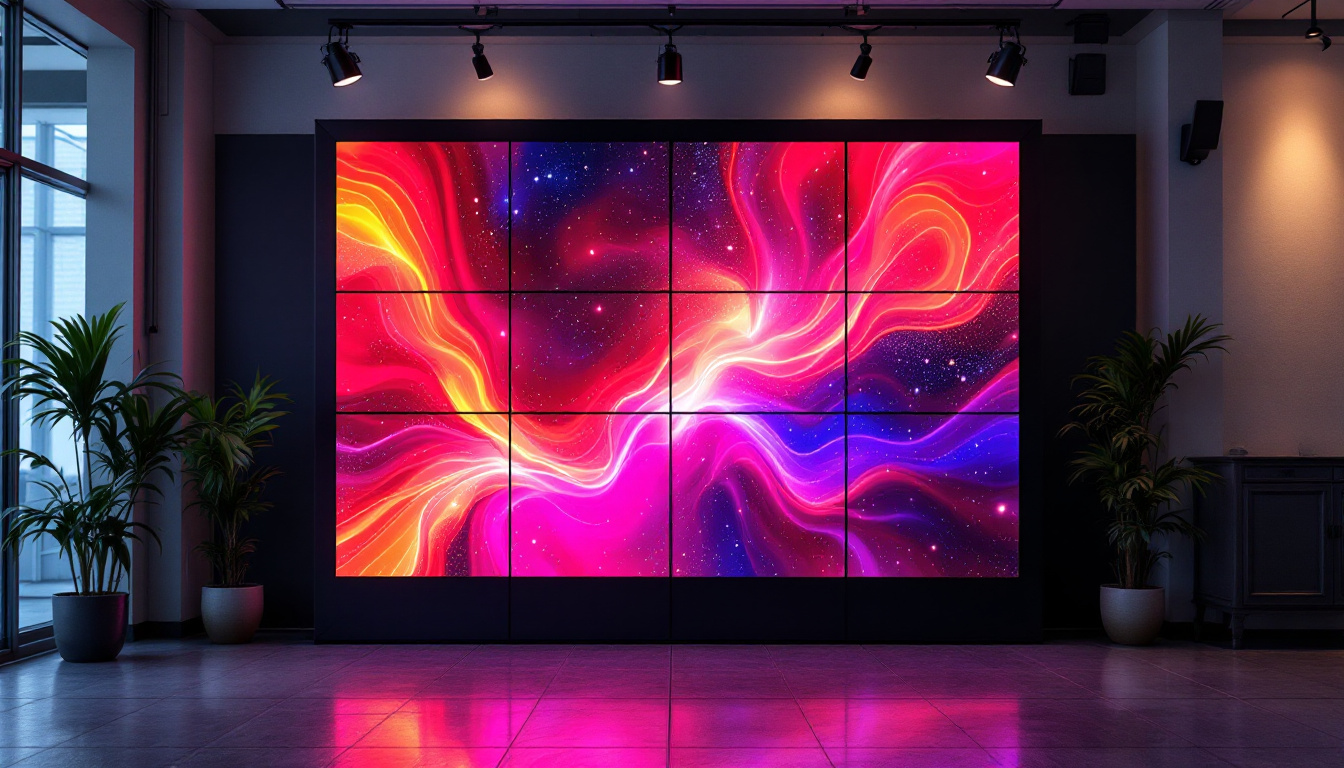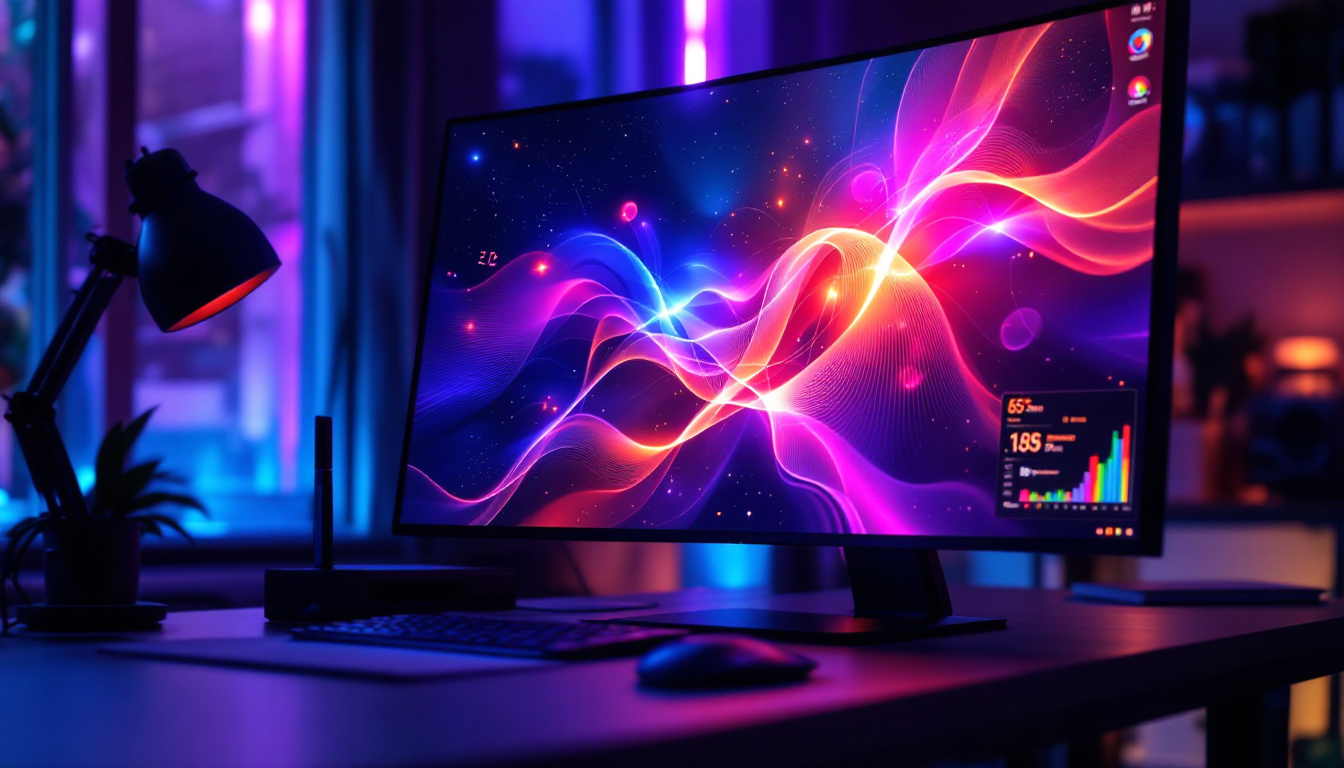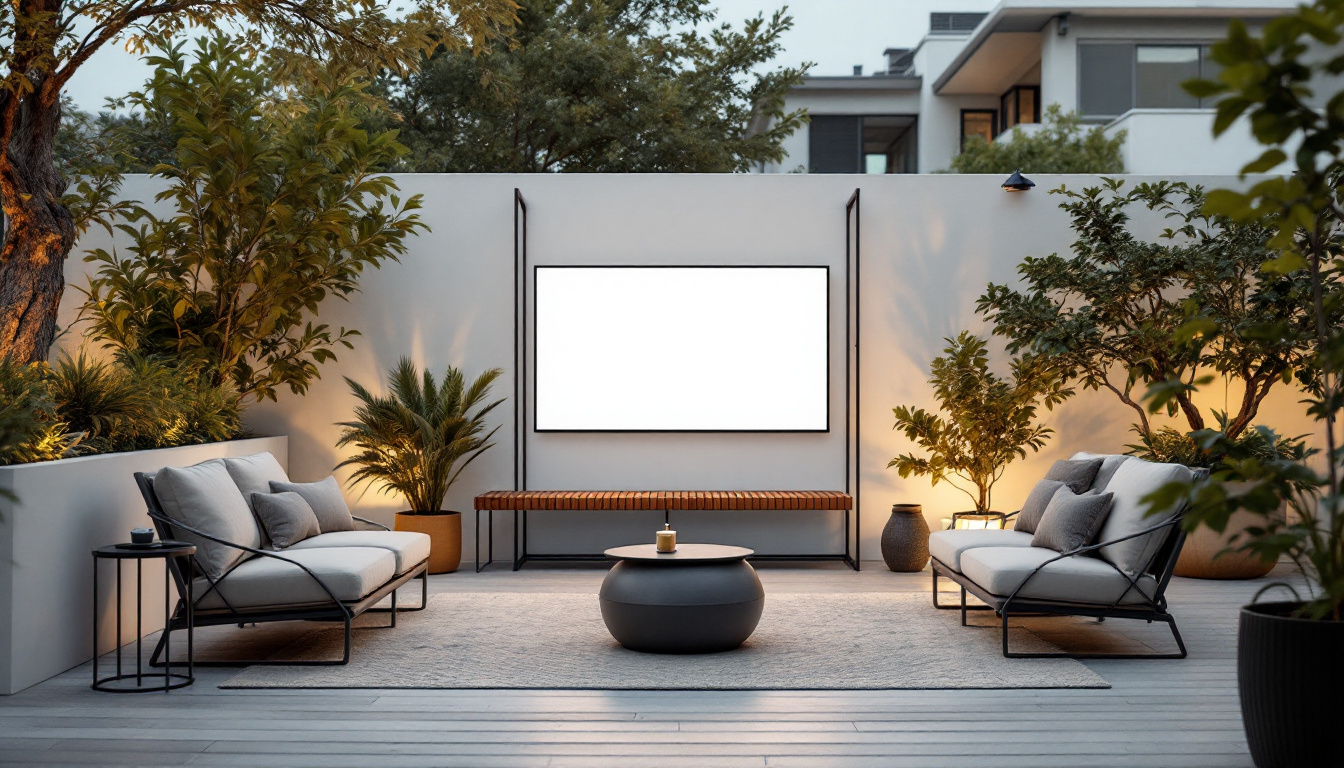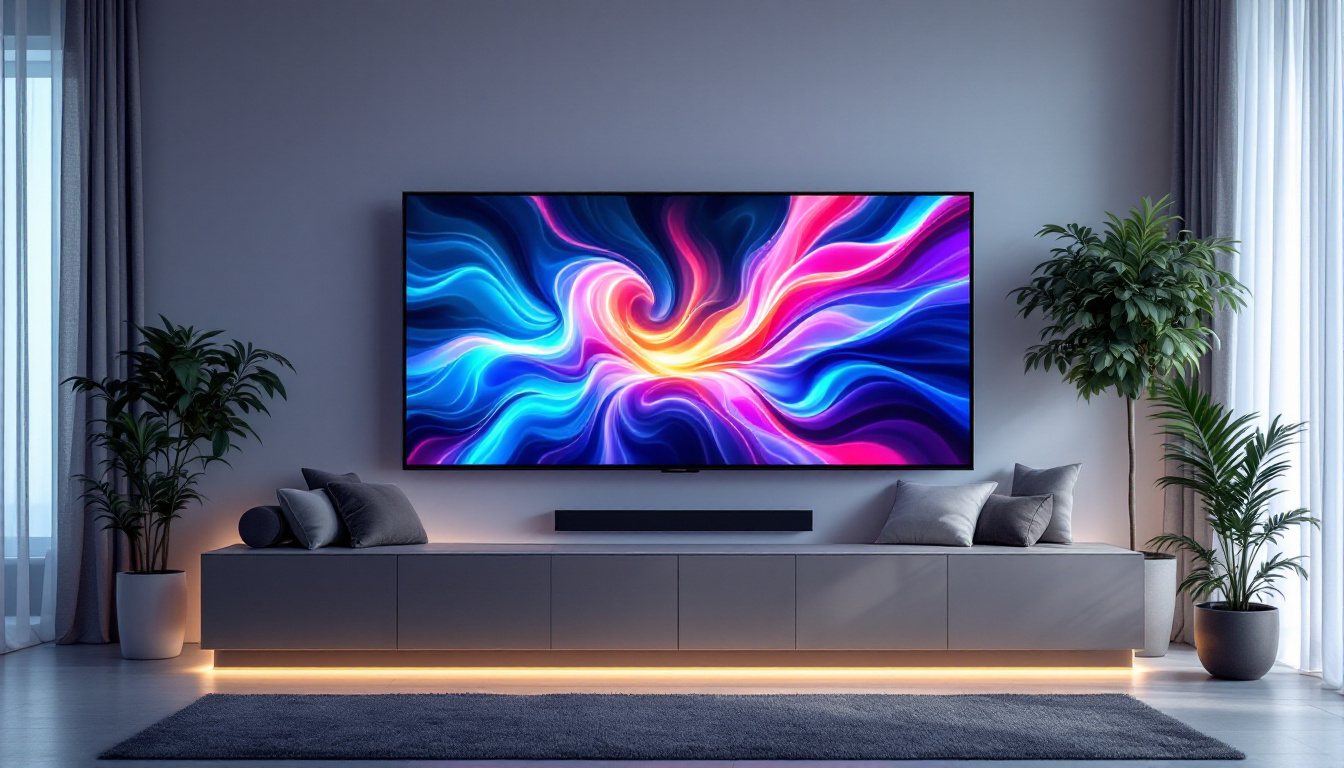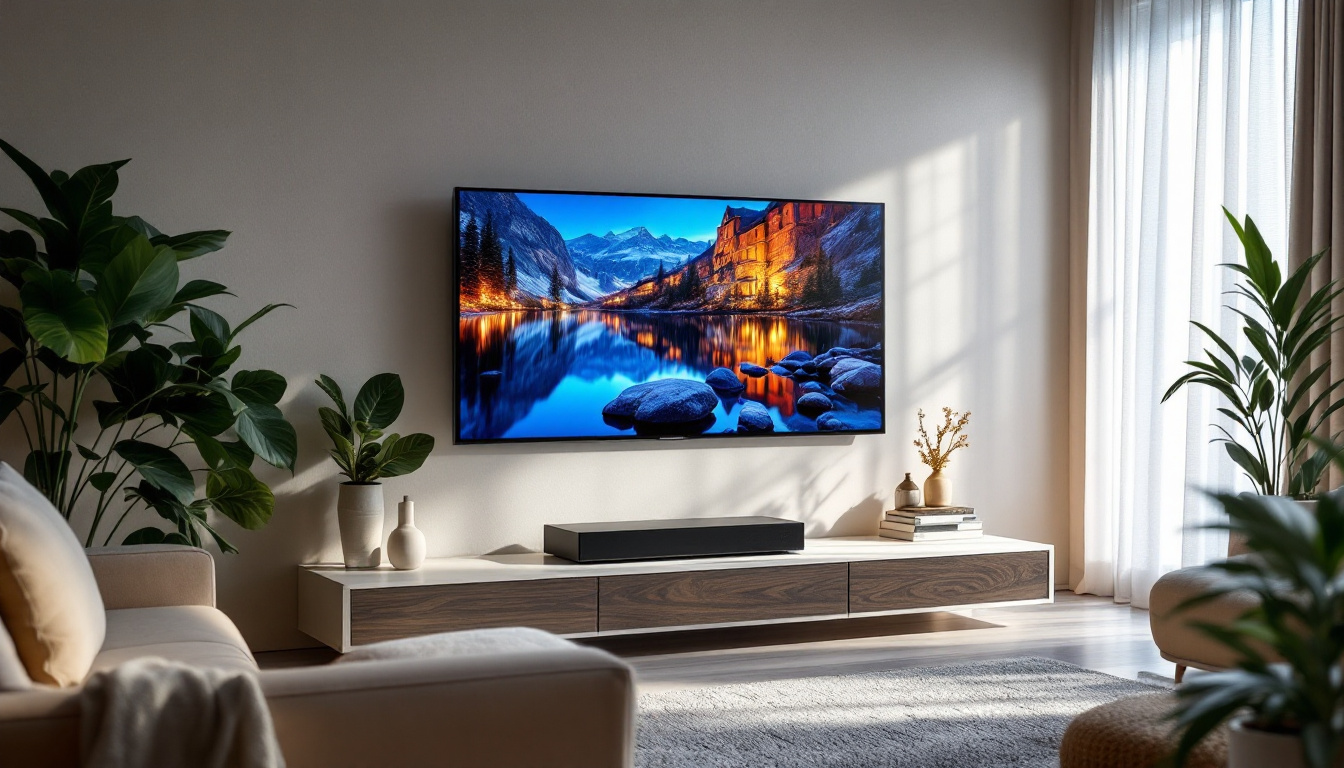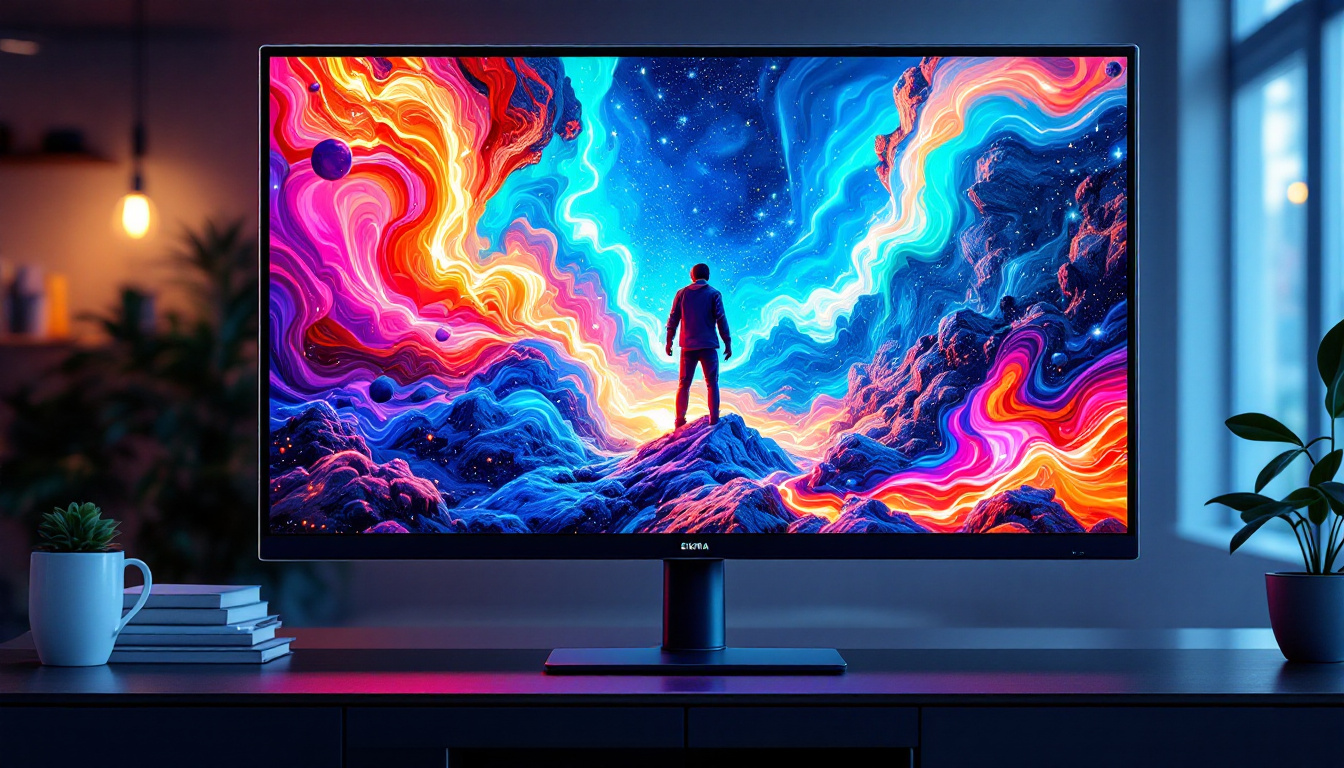The world of display technology has evolved significantly over the past few decades, with LCD (Liquid Crystal Display) and LED (Light Emitting Diode) technologies leading the charge. Understanding how these technologies work, especially in the context of the Lagom LCD test, can help consumers make informed decisions when purchasing new displays. This article will delve into the intricacies of LCD and LED displays, the significance of the Lagom LCD test, and how to optimize your viewing experience.
Understanding LCD Technology
LCD technology utilizes liquid crystals sandwiched between two layers of glass. When an electric current passes through the liquid crystals, they align in such a way that they either block or allow light to pass through. This process creates the images we see on the screen. LCDs are widely used in various devices, including televisions, computer monitors, and smartphones, due to their ability to produce sharp images and consume less power compared to older technologies like CRT (Cathode Ray Tube).
How LCD Displays Work
At the core of LCD technology is the manipulation of light. A backlight, usually composed of fluorescent lamps or LEDs, illuminates the liquid crystals. The crystals themselves do not emit light; instead, they modulate the backlight to create colors and images. Each pixel on the display consists of sub-pixels that produce red, green, and blue (RGB) colors. By adjusting the intensity of each sub-pixel, a full spectrum of colors can be achieved, allowing for vibrant and detailed images.
One of the key advantages of LCD displays is their thin profile, which allows for sleek designs in modern electronics. Additionally, they are energy-efficient, making them an ideal choice for portable devices. However, they do have limitations, such as viewing angles and response times, which can affect the overall viewing experience.
Types of LCD Displays
There are several types of LCD technologies, each with its own characteristics. The most common types include:
- Twisted Nematic (TN): Known for fast response times, TN panels are often favored by gamers. However, they typically have poorer color reproduction and viewing angles compared to other types.
- In-Plane Switching (IPS): IPS panels offer better color accuracy and wider viewing angles, making them suitable for professional graphic work and multimedia consumption.
- Vertical Alignment (VA): VA panels provide excellent contrast ratios and deep blacks, making them ideal for watching movies in dark environments.
Exploring LED Technology
LED technology is often associated with LCD displays, as it refers to the backlighting used in many modern LCDs. However, LED displays can also refer to displays that use LEDs as the primary light source, such as OLED (Organic Light Emitting Diode) screens. Understanding the role of LEDs in display technology is crucial for grasping the advancements in visual displays.
How LED Backlighting Works
In LED-backlit LCDs, the backlight consists of an array of LEDs that illuminate the liquid crystals. This method enhances brightness and energy efficiency compared to traditional fluorescent backlighting. There are two main types of LED backlighting: edge-lit and full-array. Edge-lit displays have LEDs positioned along the edges of the screen, while full-array displays have a grid of LEDs behind the entire panel, allowing for better local dimming and contrast.
LED technology has also paved the way for innovations such as HDR (High Dynamic Range), which allows for a wider range of colors and brightness levels. This results in more lifelike images, enhancing the overall viewing experience.
Advantages of LED Displays
LED displays offer several advantages over traditional LCDs. They are generally more energy-efficient, produce brighter images, and have a longer lifespan. Additionally, the advancements in LED technology have led to thinner and lighter displays, making them more portable and aesthetically pleasing.
Moreover, the ability to achieve deeper blacks and improved contrast ratios has made LED displays a popular choice for home theaters and professional settings. As technology continues to advance, LED displays are likely to become even more prevalent in various applications.
The Lagom LCD Test: What Is It?
The Lagom LCD test is a series of tests designed to evaluate the performance of LCD displays. Developed by the Lagom.nl website, these tests focus on various aspects of display quality, including contrast, color accuracy, and response times. By using the Lagom test, users can identify potential issues with their displays and make necessary adjustments for optimal performance.
Key Components of the Lagom Test
The Lagom LCD test consists of several key components that assess different aspects of display performance:
- Contrast Test: This test evaluates the display’s ability to produce deep blacks and bright whites. It helps users identify any issues with backlight bleeding or poor contrast ratios.
- Color Test: This component assesses the accuracy of color reproduction. Users can determine whether their display is capable of producing a full spectrum of colors and whether any colors appear washed out or overly saturated.
- Response Time Test: This test measures how quickly a display can change from one color to another. It is particularly important for gamers and those who watch fast-paced content, as slow response times can lead to motion blur.
How to Use the Lagom Test
Using the Lagom LCD test is straightforward. Users can visit the Lagom website, where they will find a series of test images and patterns. By following the instructions for each test, users can assess their display’s performance. It is recommended to conduct these tests in a controlled lighting environment to ensure accurate results.
Once the tests are complete, users can make adjustments to their display settings, such as brightness, contrast, and color calibration, to enhance their viewing experience. Regularly using the Lagom test can help maintain optimal display performance over time.
Optimizing Your Display Settings
After assessing the performance of an LCD or LED display using the Lagom test, users can make several adjustments to optimize their viewing experience. Proper calibration can significantly enhance image quality and ensure that colors are represented accurately.
Brightness and Contrast Adjustments
Setting the correct brightness and contrast levels is crucial for achieving a balanced image. A display that is too bright can cause eye strain, while one that is too dim may lead to a lack of detail in darker scenes. The Lagom contrast test can help users find the optimal settings by providing a reference for deep blacks and bright whites.
It is advisable to adjust the brightness according to the ambient lighting in the room. For example, a brighter setting may be necessary in well-lit environments, while a lower brightness level could be more comfortable in darker settings.
Color Calibration
Color accuracy is essential for an enjoyable viewing experience, especially for photographers, graphic designers, and videographers. Users can utilize the color test from the Lagom LCD test to identify any discrepancies in color reproduction. Most modern displays offer built-in color calibration tools, allowing users to adjust the RGB levels to achieve more accurate colors.
For those seeking more precise calibration, professional calibration tools are available. These devices can measure color accuracy and provide recommendations for adjustments, ensuring that the display meets industry standards.
Common Issues with LCD and LED Displays
Despite their many advantages, LCD and LED displays are not without issues. Understanding these common problems can help users troubleshoot their displays effectively.
Backlight Bleeding
Backlight bleeding occurs when light from the backlight leaks around the edges of the display, resulting in uneven brightness, particularly in dark scenes. This issue is more prevalent in edge-lit displays. Users can minimize backlight bleeding by adjusting the brightness and contrast settings or opting for full-array backlighting, which typically offers better uniformity.
Color Uniformity
Color uniformity refers to the consistency of color across the entire display. In some cases, certain areas of the screen may appear discolored or have a different hue than others. This issue can be particularly noticeable in large displays. Regular calibration and adjustments can help mitigate color uniformity issues, but in severe cases, it may require professional servicing.
The Future of Display Technology
The landscape of display technology is continually evolving. Innovations such as MicroLED and OLED are gaining traction, offering improved performance and efficiency. MicroLED technology, in particular, promises to combine the best aspects of LCD and OLED, providing vibrant colors, deep blacks, and exceptional brightness without the drawbacks of burn-in associated with OLED displays.
Emerging Trends
As technology advances, several trends are shaping the future of displays:
- Higher Resolutions: With the rise of 4K and 8K displays, the demand for higher resolutions continues to grow. This trend is driven by the need for sharper images and more immersive experiences in gaming and entertainment.
- Flexible Displays: Flexible display technology is making waves in the industry, allowing for innovative designs in smartphones, wearables, and even televisions. This technology opens up new possibilities for form factors and usability.
- AI Integration: Artificial intelligence is increasingly being integrated into display technology, enabling features such as automatic brightness adjustment, content optimization, and personalized viewing experiences.
Conclusion
Understanding the intricacies of LCD and LED display technologies is essential for consumers looking to enhance their viewing experiences. The Lagom LCD test serves as a valuable tool for assessing display performance and making necessary adjustments. As display technology continues to advance, staying informed about emerging trends and innovations will help users make educated decisions when upgrading their devices.
Whether for gaming, professional work, or casual viewing, optimizing display settings can significantly impact image quality. By leveraging the insights provided in this article, users can ensure they are getting the most out of their LCD and LED displays, paving the way for a more enjoyable and immersive viewing experience.
Discover Cutting-Edge LED Displays with LumenMatrix
Ready to take your viewing experience to the next level? LumenMatrix is at the forefront of LED display innovation, offering a wide array of solutions that cater to your every need. From Indoor and Outdoor LED Wall Displays to specialized options like Vehicle LED Displays and Custom LED Solutions, we have the technology to bring your vision to life. Immerse yourself in the future of visual communication and let your message shine with unparalleled clarity and impact. Check out LumenMatrix LED Display Solutions today and transform the way you connect with your audience.



